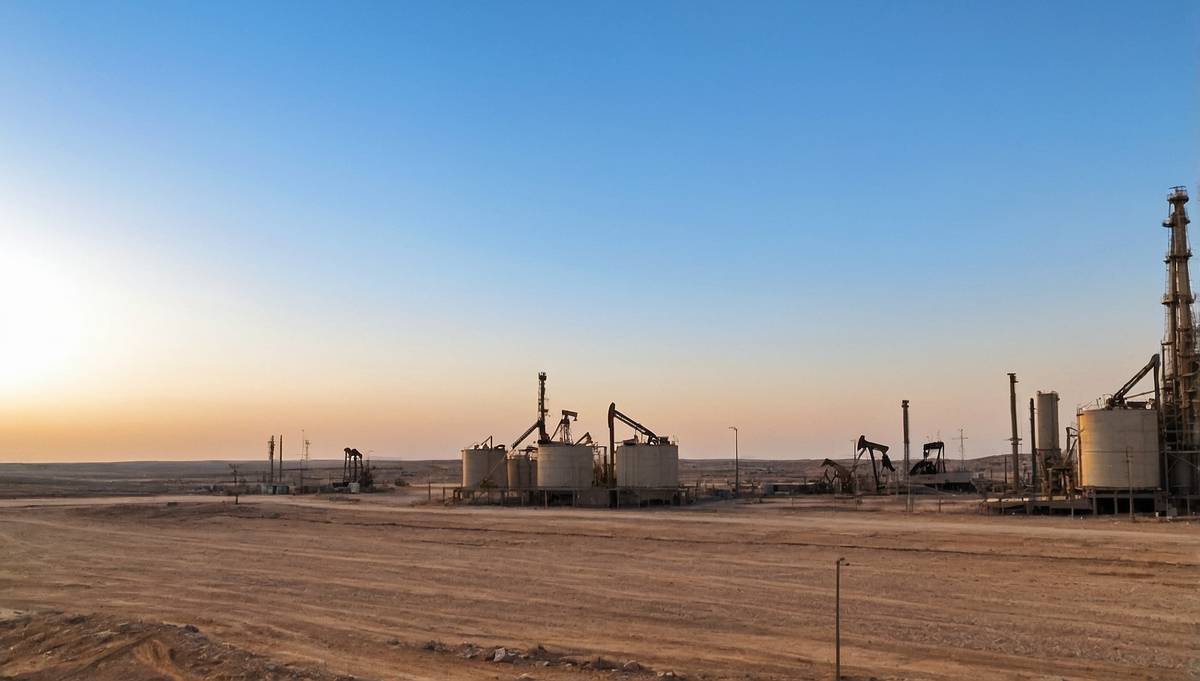
Wednesday 26th November 2025

by inAfrika Newsroom
The African Development Bank is urging governments to accelerate investment in Africa trade corridors, arguing that better-connected markets are essential for the continent’s prosperity. Speaking at the Luanda Infrastructure Financing Summit, AfDB officials described strategic corridors as the backbone of the African Continental Free Trade Area.
The bank showcased a pipeline of transport, energy and digital projects that link ports to landlocked states and industrial zones. These include road and rail upgrades, logistics hubs and power interconnectors designed to reduce transit times and trade costs. According to the AfDB, corridor projects can unlock regional value chains in mining, agriculture and manufacturing if paired with customs reforms and border-post modernisation.
Moreover, officials warned that fragmented planning and limited long-term finance still hold back many schemes. They called for greater use of public-private partnerships, regional project preparation facilities and risk-sharing instruments to attract institutional investors.
The Luanda summit also linked Africa trade corridors to climate goals, with the AfDB promoting rail over road where feasible, and cleaner trucks and port operations elsewhere. Development partners signalled interest in aligning their infrastructure portfolios with corridors that serve multiple countries rather than isolated projects. However, they stressed that debt sustainability and transparent procurement must remain core principles as financing volumes rise.
In addition, the bank highlighted the need for “soft” measures such as harmonised standards, digital customs systems and one-stop border posts. Without these, even modern highways and ports cannot deliver their full impact.
The renewed focus on Africa trade corridors matters because efficient routes are central to making AfCFTA more than a treaty on paper. When transport links improve and borders become easier to cross, firms can reach new markets, source inputs regionally and scale production. That can lower prices for consumers and create industrial jobs beyond primary commodity exports. At the same time, well-designed corridors can support green growth by favouring rail, inland waterways and cleaner logistics. For landlocked countries especially, corridor upgrades may determine whether they remain marginal or become regional manufacturing and services hubs in the decade ahead.


